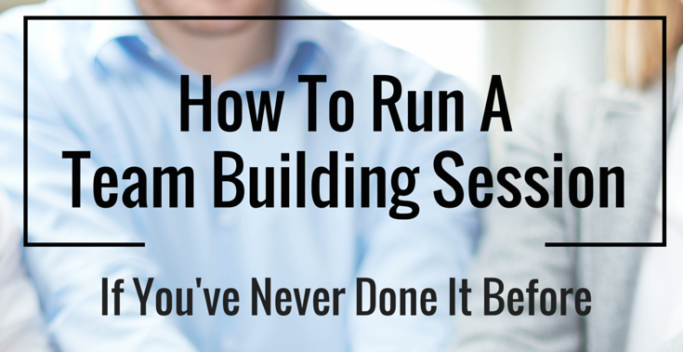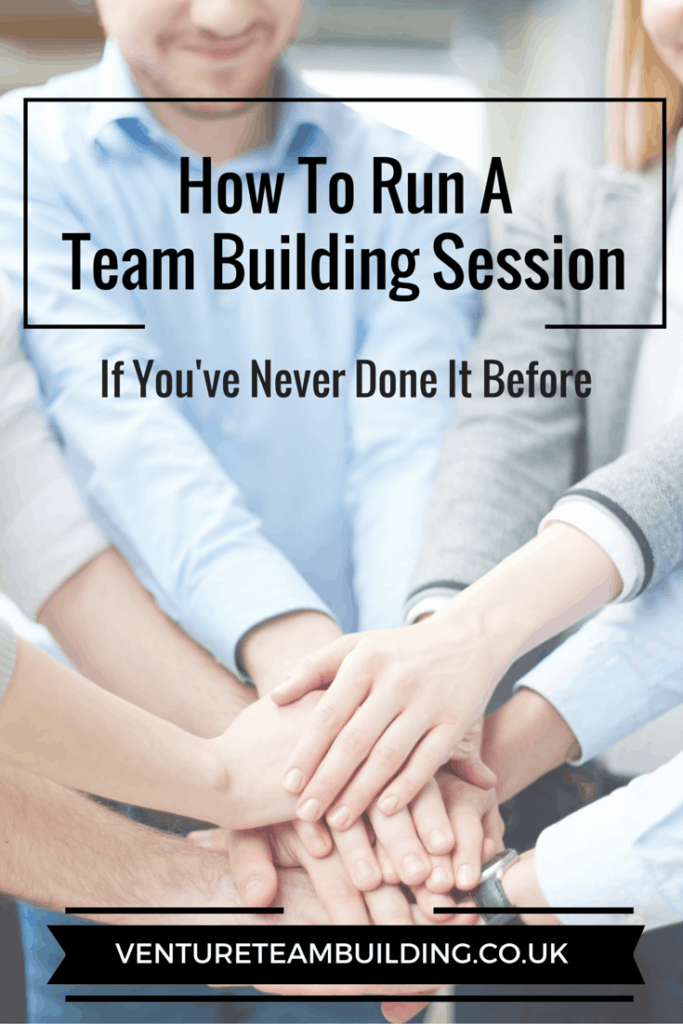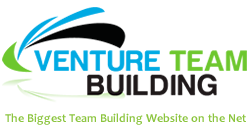
When was the last time you did something for the first time? It can be a lot of fun trying something new that you’ve always wanted to do; that rush of adrenaline, the thrill of finally doing it, and the sense of achievement you feel at the end.
Yet when it comes to the office, having to do something for the first time is the complete opposite: the nerves, the sweaty palms, the fear that you’ll make a mistake or even worse, embarrass yourself in some way. If the thought of running your first team-building session ignites those feelings in you, don’t worry… we’re helping you through your first experience as a trainer/facilitator.
Team building exercises have been proven to improve teamwork irrespective of industry or setting. One example is estimated in medical settings that 70% of adverse events were due to breakdowns in the team rather than individual errors. So always remember this next step to improving your team dynamics through team-building will bring tangible results.
Here’s a simple 3-step overview of how to run a team-building session, if you’ve never done it before:
1) Let Your ‘Why’ Guide How The Session Will Be Structured
The first thing you must do is decide the objective of the team-building session. Is it just merely for colleagues to get to know each other better in a non-work setting? Or perhaps you’d like to build more trust and improve communication so that the team will be able to better collaborate in an upcoming project? Maybe you’ve been experiencing problems with your team and you’d like to resolve those interpersonal issues through team building.
Whatever the objective, be clear about your ‘why’. The objective of your team building drives every other detail of the session.
Let your ‘why’ guide your decision on:
- Who will be invited to the session
- What learning outcomes you desire
- How long the session will be
- Which activities to use
2) Plan, Plan & Plan
Once you’ve decided on the basics listed above, it’s time to get serious about planning your team-building session.
A good way to get ideas for your do-it-yourself session is to check out what professional team-building companies are offering. With that inspiration, you can look for online resources to help you plan.
Whether it’s developing leadership, building trust, or improving communication, look for activities that can help you achieve your desired learning outcomes. You can also find some free templates to help lighten your workload.
With your event programme settled, your next step is to get organised and prepare all the necessary resources and materials needed for the various activities.
3) Do Your Part And Then Let Them Have Fun!
Give your group their instructions and safety briefing, then let them get started. You can sit back, observe, and give notes if necessary. Once the activity is over, your role is to facilitate the review. Again, your role is minimal; ask the right questions, and then let the participants answer. This helps to reinforce learning.
You can use the ‘IDEAS’ framework to structure the flow of the activity:
I – Introduction
D – Demonstration
E – Explanation
A – Activity
S – Summary
What makes team-building activities different from other training activities? FUN! Team building conjures up images of laughter and connecting with other people. Oftentimes, when we’re doing team building, we are well aware of how silly the activity may be or how invested we become in the game. But it’s fun and enjoyable, so we don’t really mind.
As the trainer/facilitator, your main role is to keep that fun and carefree spirit alive. Yes, you may be extremely nervous to be standing in front of 10 or 20 people, leading them in an activity… but don’t let it show! Once you’ve put in all the planning work, all you should worry about is whether the group is learning and having fun.
If you’re looking for more resources, The Team Building Tool Kit can guide your planning process and provide you with the skills and confidence to run your own team-building sessions. With 60 team-building activities, 87 warm-ups, ice breakers, and 5-minute fillers, plus a step-by-step guide to effective training and bonus document resources, you will be armed with all the tools you need!
Like this post? Pin it to save for your next team-building session!


Yes you are right, it might be difficult for time. But we also have a fun with these activities.
Yes having fun is critical.
Thank you very much for sharing a useful information on Corporate Team Building. I appreciate your time and effort in your work.
Glad you enjoyed it!
Thank you very much for sharing a great information on team building. I appreciate your time and effort in your work.
You’re Welcome – Glad you found it useful.
Your blog is nice and full of information on Team Building Activities . Thanks for sharing.
Glad you found our team building activities & resources useful.
Thanks for such a wonderful blog. I would like to read more blogs from you.
Glad you liked it – please let me know if there are specific topics you would like to see.
This was a very useful framework to kick start the team building workshop. Thanks for simple approach
Glad you found it useful!